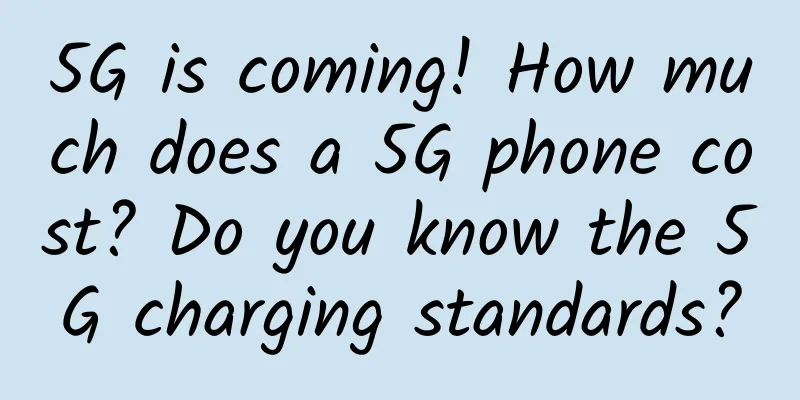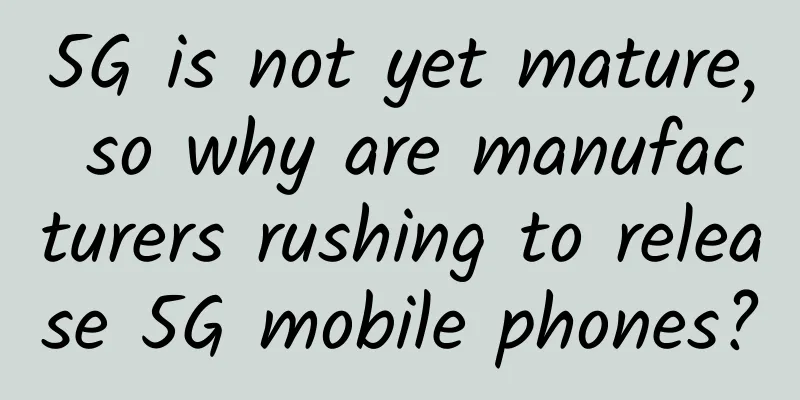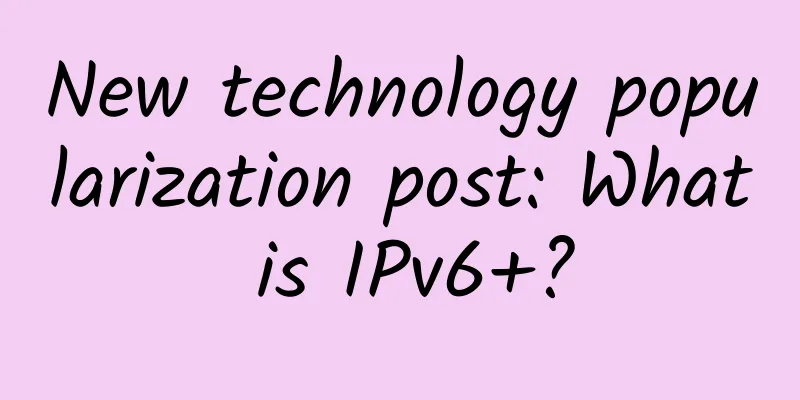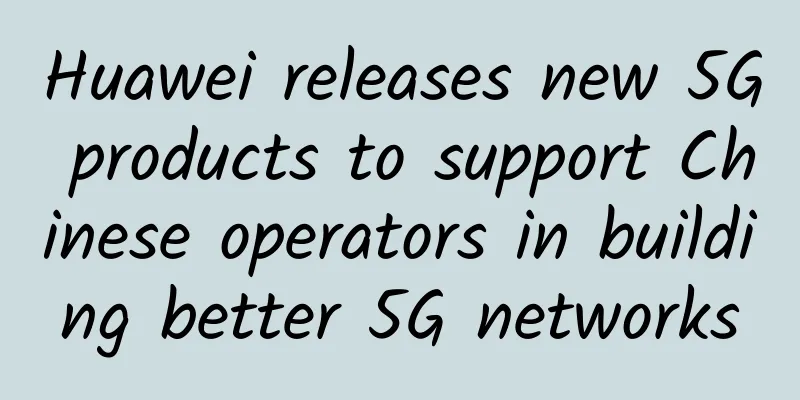A Comprehensive Guide to Fiber Optic Connector Types and Their Applications
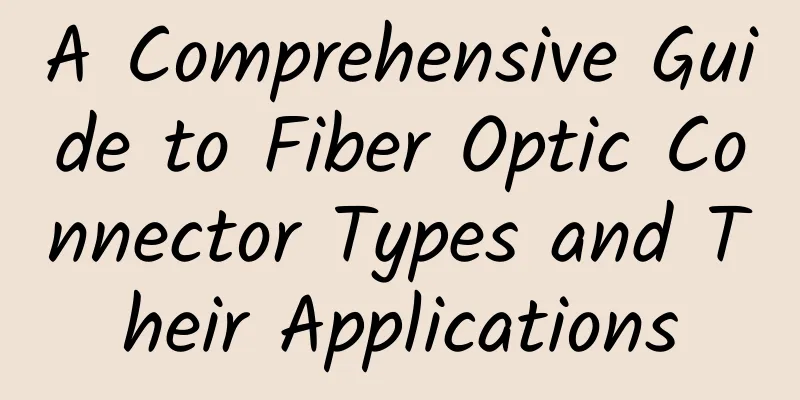
|
Fiber optic connectors play a vital role in the world of telecommunications and data transmission. These small but powerful devices are responsible for ensuring seamless and reliable connections between fiber optic cables. With so many different types of connectors available, it can be difficult to know which one is best for a specific need. In this comprehensive guide, we’ll explore the various fiber optic connector types and their applications, giving you the knowledge to make an informed decision. What is a fiber optic connector?A fiber optic connector is a mechanical device used to connect two optical cables together to transmit data or signals. It ensures precise alignment of the fiber cores, minimizing signal loss and maximizing performance. Types of fiber optic connectors:SC Connector: The Subscriber Connector (SC) is one of the most commonly used connectors. It has a push-pull latching mechanism for easy installation and removal. SC connectors are widely used in data centers, telecommunications, and local area networks (LANs). LC Connector: The LC connector is a small connector that provides high-density connections. Its design allows for easy installation and removal in tight spaces. LC connectors are often used in applications that require high-speed data transmission, such as Gigabit Ethernet. ST Connector: ST connector is one of the oldest connector types. It has a bayonet-style coupling mechanism that provides a secure connection. ST connectors are commonly used in multimode fiber optic networks. FC Connector: Ferrule connector (FC) is a screw-in connector that provides a stable and reliable connection. It is often used in high vibration environments and is popular in the military and industrial sectors. FAQQ: Can different types of connectors be used together? A: Yes, it is possible to use different types of connectors together by using a hybrid adapter or patch cords. Q: What is the difference between single-mode and multi-mode connectors? A: Single-mode connectors are designed to work with single-mode optical fibers, which transmit a single beam of light. Multimode connectors, on the other hand, are used with multimode optical fibers, which transmit multiple beams of light. Q: How do I choose the right connector for my application? A: The choice of connector depends on factors such as the type of fiber optic cable, the environment, and the desired data transmission speed. Consulting with a fiber optic expert can help make the best decision. |
<<: The future of high-speed connectivity: Embedded non-volatile memory in 5G networks
>>: Deep understanding of DNS tunnel communication in practical scenarios
Recommend
ReliableVPS: $33/year KVM-4GB/40GB/10TB/New York data center
ReliableVPS is a relatively new foreign VPS host....
Artificial intelligence builds an iron wall of network security
Every moment, thousands of scientists around the ...
How is an excellent testing infrastructure created? eBay's Ru Bingsheng talks about the history of testing evolution
[51CTO.com original article] The Global Software ...
Six key trends in network management
We live in an era of rapid development of IT tech...
In the 5G era, what else can we sell besides traffic?
According to official news, 5G will be put into c...
5G messaging accelerates commercialization and may become the first batch of 5G applications
After more than two years of construction, 5G mes...
Eight surprising ways remote work can help your business
The rise of remote work is arguably the biggest c...
Industry hot spots of data center in 2018
For many people, 2017 has been an intense and bus...
5G has already become popular. Is it cost-effective to buy a 4G mobile phone now?
At the beginning, I actually don’t recommend anyo...
V5.NET: Huawei Cloud Private Line (Hong Kong) Server Limited 30% Discount Monthly Payment Starting from 318 Yuan
V5.NET Server is promoting Huawei Cloud dedicated...
Borui Data passed the CMMI Level 5 assessment, the first in the domestic APM field
Recently, Borei Data passed the CMMI Level 5 asse...
Foreign media said that the number of 5G base stations in Shenzhen has exceeded that of Germany by 50 times
According to foreign media, Germany's Handels...
An overview of 10 common HTTP status codes
Overview The HTTP status code is a 3-digit code u...
ARP spoofing principle, never connect to free WIFI at will! ! !
1. Analysis of ARP attack principles 1. What is A...
HostYun New Product: Hong Kong Native IP Large Bandwidth KVM Monthly Payment Starting from 19.8 Yuan
HostYun is a Chinese hosting company that has bee...
